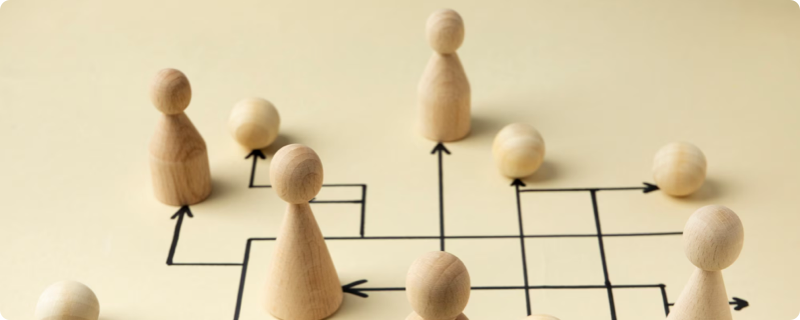2. Catalog Management
3. Order, Dispatch and Returns Management
4. Packaging
5. Customer Support
6. Operations Planning
7. Improving Buyer Experience
8. Payments and Settlements

Posted On: 21 November, 2023. 5 min read
The objective of this blog is to explain the different roles and responsibilities of Network Participants (NP) as part of ONDC. For more information on ONDC, refer to Introduction to ONDC blog post for the same.
Let’s first understand what an e-commerce purchase flow looks like in a marketplace. Here are the following steps that take place while shopping in a marketplace -
1. User searches/ discovers product(s)
2. Initiate purchase
3. Make payment
4. Purchase confirmation
5. Product delivery
6. Give review/ request return or refund
As you may have read in the Introduction to ONDC blog, we have explained the major participants of the Network (Buyer NP, Seller NP and Logistics Service Provider NP) and their roles briefly. These roles ensure that the e-commerce flow in a marketplace is taken care of at an individual level and no one player has to take responsibility for the entire purchase/ sale cycle.
As a seller, it is very important that you understand your role in the Network, especially in collaboration with a Buyer NP. Let’s take a closer look at what a Buyer and Seller NP’s responsibilities look like. Below is a table showing a compared list of responsibilities that both parties are capable of handling-
Let’s try and understand these tasks/responsibilities in depth
1. Onboarding sellers- The seller NP is responsible for bringing in actual sellers who will sell their products through the seller application
2. Catalog Management- The seller is responsible for creating a digital inventory of the products for sale via the seller application
3. Order, Dispatch and Returns Management- From managing order status, purchase cancellations, inventory availability and return requests & logistics, the seller NP is responsible for it
4. Packaging- From the material used for storage to the quantity of packaging material, everything is managed at the Seller NP node by the actual seller.
5. Customer Support- All customer-related issues (for example, delayed delivery, product defects, wrong products delivered, etc) are resolved by the Seller NP.
6. Operations Planning- In order for the e-commerce flow to be functioning smoothly, both Seller and Buyer NPs need to have a transparent channel of communication, to ensure order execution is 100%. This often happens using custom API calls.
7. Improving Buyer Experience- From improving UI/UX and making sure the buyer application is feature rich, with exhaustive search capabilities and easily discoverable products, this is the Buyer NP share of responsibility.
8. Payments and Settlements- Once an order has been delivered, it's finally time for dues settlement for both the seller and buyer parties involved. Hence there is a shared responsibility between both parties.
As explained above, you can clearly see the fair distinction between the roles and responsibilities of the seller and buyer parties. For the responsibilities that are shared, proper contracts are established to maintain business transparency. Since other network participants are free to draw up their own terms and conditions, they can always negotiate terms with other willing parties present in ONDC Network.